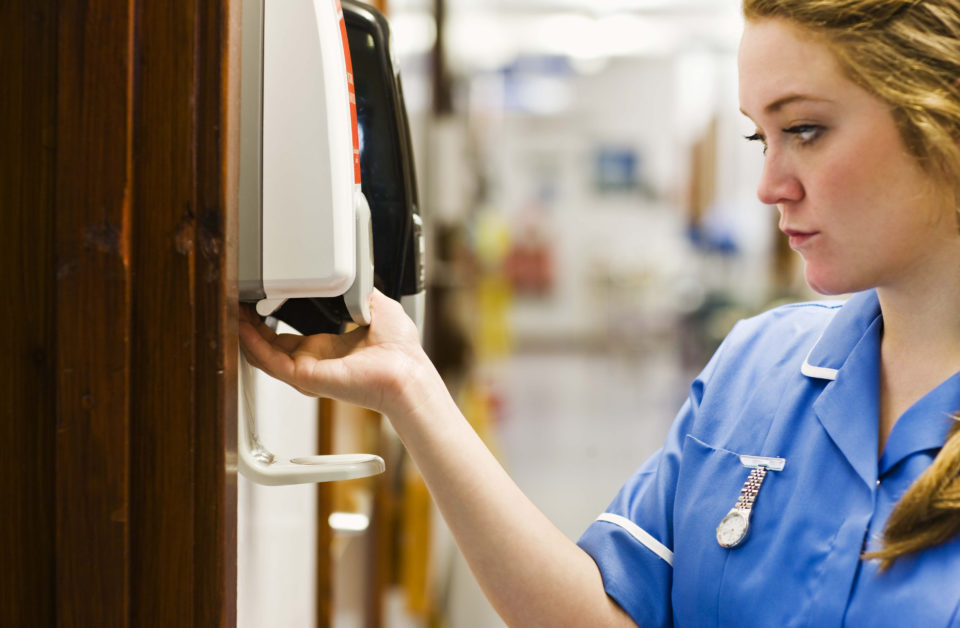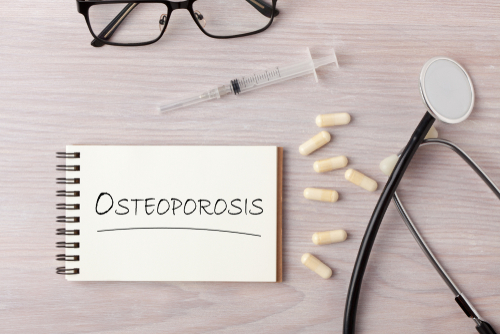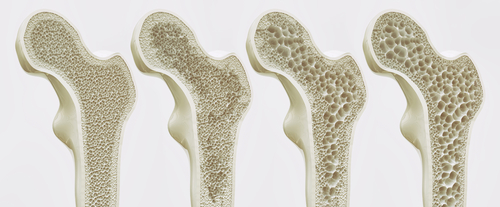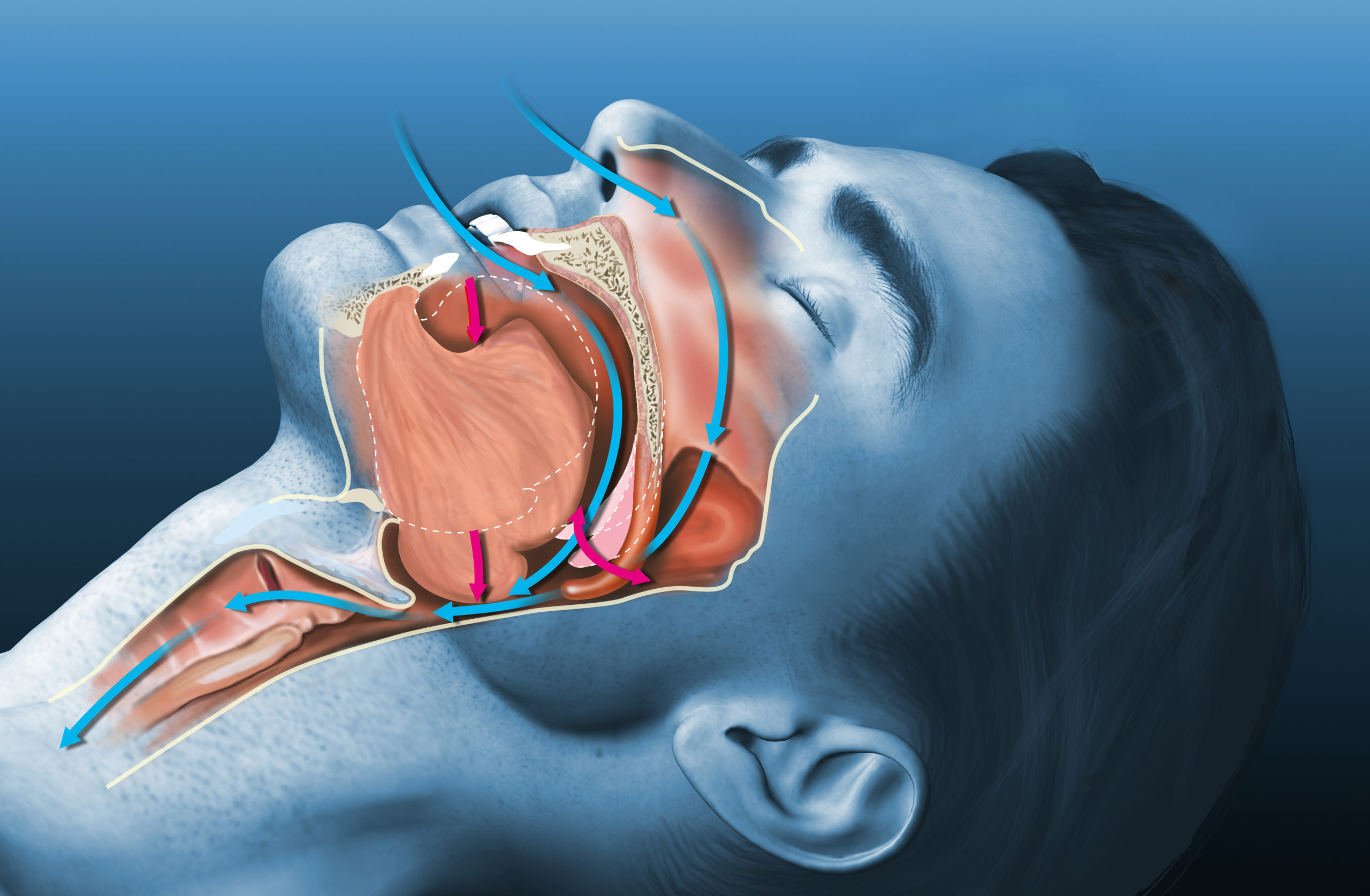
A chemical typically seen in soaps and hand sanitizers may increase the risk of osteoporosis in women, particularly postmenopausal women, according to new research.
Triclosan is an ingredient used in certain products to reduce bacteria. The Food and Drug Administration (FDA) issued a final rule in April banning its use in over-the-counter hand sanitizers, although some products continue to be made with it. Other products that are not regulated by the FDA—such as clothes, kitchen items, furniture, and toys—may contain triclosan, according to the FDA.
“Laboratory studies have demonstrated that Triclosan (TCS) could result in significant interstitial collagen accumulation and an increase in trabecular bone,” wrote the authors of the present study, published in The Journal of Clinical Endocrinology & Metabolism. “However, little is known about the relationship between TCS exposure and human bone health.”
Yet another reason why the common antimicrobial in household products, triclosan, should be taken out of products. First, antimicrobial resistance as pointed out inhttps://t.co/wLbppItQzR
and now links to osteoporosishttps://t.co/poejAkmbxb @AguGeohealth— Dr. Gabriel Filippelli (@GabeFilippelli) June 25, 2019
According to the study authors, 30% of postmenopausal women in the United States have osteoporosis, of whom 40% sustain fragility fractures. Postmenopausal osteoporosis is the most common type of the condition, the authors further state; women experience an annual bone loss rate between 3% and 5% for five to 10 years after menopause.
To conduct their study, the researchers gathered data from the 2005–2010 National Health and Nutrition Examination Survey. They assessed the data for an association between urinary concentrations of triclosan and bone mineral density (BMD) and osteoporosis in women aged ≥ 20 years.
The final analysis included 1,848 women. Adjusted analyses revealed “significant associations between tertile 3 of TCS concentration and lower BMD in regions of total femur (β=-0.016, 95% CI=-0.032, -0.000), intertrochanter (β=-0.022, 95% CI=-0.042, -0.002), and lumbar spine (β=-0.014, 95% CI=-0.029, 0.001), respectively, relative to tertile 1,” the authors observed. Women in tertile 3 had a greater risk of osteoporosis in intertrochanter (odds ratio = 2.464, 95% CI = 1.190, 5.105).
Study links common chemical in cosmetics and toothpaste to Osteoporosis (weak bones) https://t.co/uZAscPrkcM #Triclosan pic.twitter.com/tSqA6sHc49
— Ruth Ann Crystal, MD (@CatchTheBaby) June 27, 2019
The study was limited by its cross-sectional design as it was not intended to demonstrate a cause-and-effect relationship.
“Triclosan exposure may be a risk factor for lower bone mineral density and osteoporosis,” said study author Yingjun Li, of Hangzhou Medical College School of Public Health in China, in an email to Reuters. “The evidence was stronger in postmenopausal women than in premenopausal women.” In their conclusion, the authors call for future prospective studies to confirm these findings.







 © 2025 Mashup Media, LLC, a Formedics Property. All Rights Reserved.
© 2025 Mashup Media, LLC, a Formedics Property. All Rights Reserved.